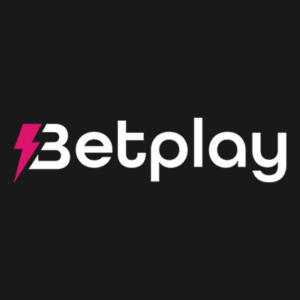The Stablecoin Conundrum: How Blockchains Try to Keep Up with Demand
Your favorite ‘digital dollars’ are finally getting the upgrades they deserve.
Table of content
More news

YouTube Tightens the Rope on Gambling & Video Game Content
Author: Kristoffer
Published: 30.10.2025

Rabby Wallet vs MetaMask: Which One Wins in 2025?
Author: Kristoffer
Published: 29.10.2025

Citi, Coinbase Unite on Stablecoin Initiative
Author: Kristoffer
Published: 28.10.2025

Solscan 101: Everything You Need to Know About Solscan Explorer
Author: Kristoffer
Published: 22.10.2025
Casino Expert
Kristoffer is a seasoned expert in cryptocurrency and online gambling, active in both industries since 2014. With deep knowledge of blockchain technology and its impact on iGaming, he provides in-depth reviews and strategic insights to guide readers through the evolving world of crypto casinos with confidence and clarity.









